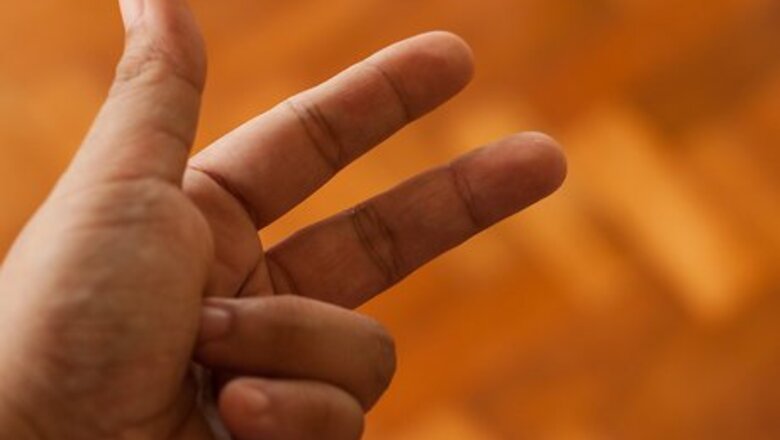
views
Teaching Key Concepts
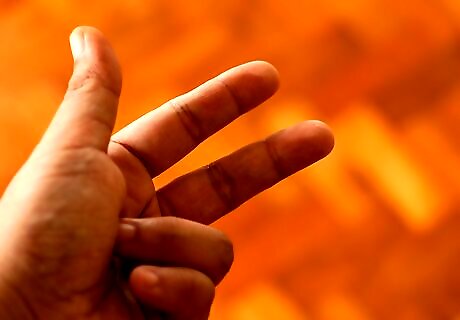
Teach counting. Teach children to count from one to ten; most can remember the ten numbers fairly easily and learn to recite them, like a song or rhyme. Practice this basic skill at every opportunity. Many children learn best when they are using their sense of touch. Let children touch the items they have been counting. This will help them develop a sense for numbers.
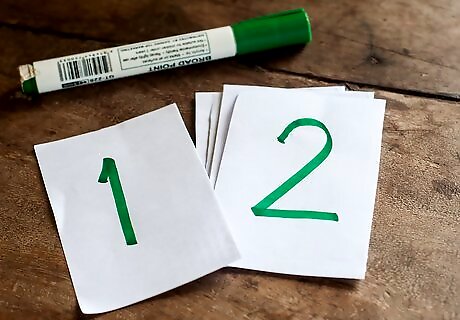
Introduce the numbers themselves. To begin, write the numbers, from one to ten, on the board or on a piece of paper. Say each number out loud, and point as you count in order. This practice connects the counting skill with a visual image of each number. You can also use number cards. Lift a number up, say its name out loud, and then ask each child to find the same number in his or her set of cards. Have each child practice saying its name.
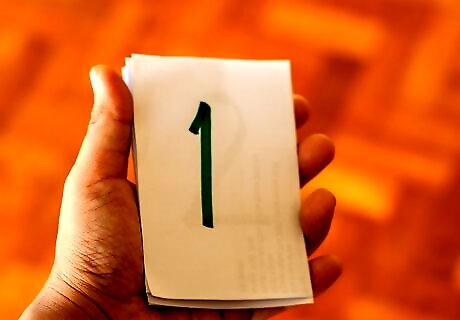
Discuss each individual number. Starting with the number 1, devote some time to teaching each number. Write both the number and the word; illustrate its meaning by showing one cube, one finger, or one of some other item. Then move on to the number 2. Try not to move on until you are sure that each child understands. It’s best to master these numbers one at a time.
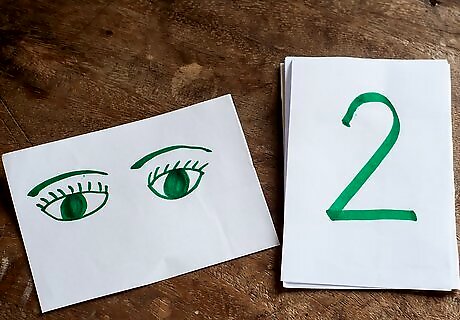
Incorporate images. Many children learn best when they can visualize a concept. For each number, write the number itself and a drawing that represents it. If you teach the number 2, for example, draw two eyes, two apples, or two flowers. Dice, dominoes, and cards with dots or points may also work well. For best results, try letting the children draw the visuals themselves.
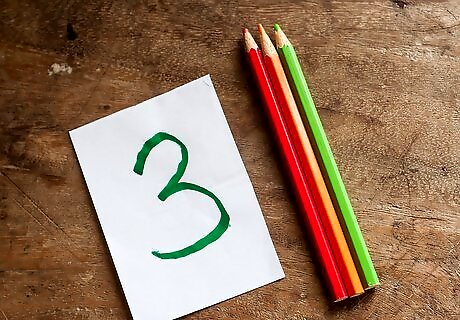
Engage the sense of touch. Using beans, cubes, or other tangible items may help children grasp these concepts. When you teach the number 3, for example, have each child count out three of something, touching the items one at a time.
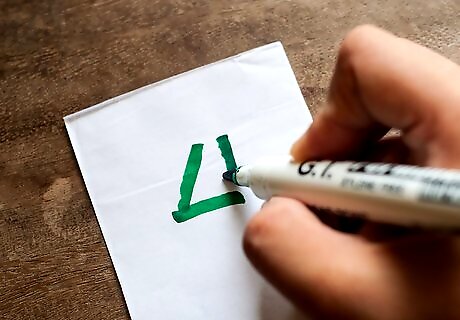
Show children how to write their numbers. When you discuss a particular number, teach children how to write it correctly. Let them try to write the numbers themselves. Be creative and entertaining! Tell the children that the number 1 has a skinny line for a body and then a forward slash for a big nose or for 5: down around the big fat belly, don’t forget the lid on the jelly! A little bit of silliness and fun goes a long way to cementing the numbers into a child’s memory.
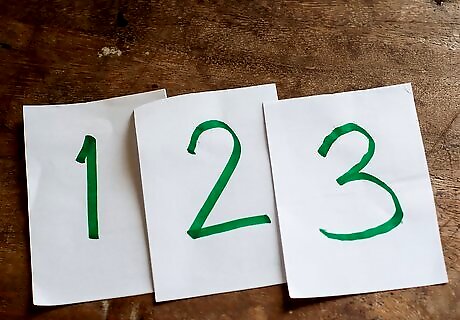
Emphasize the importance of the sequence of numbers. The sequence of numbers is crucial. Start teaching this concept by drawing a number line on the board or on paper: a straight line in which the numbers appear at regular intervals from left to right. Help children understand sequencing by having them sort number cards into the appropriate order, or by counting incorrectly and letting them point out your mistakes.
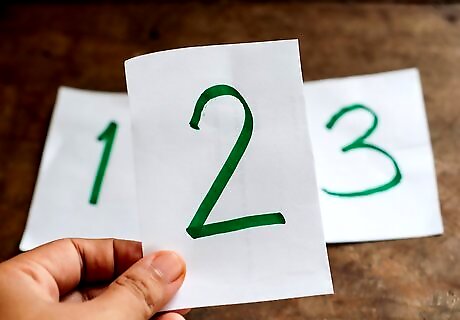
Teach the concept of “counting on.” Once children understand numbers and their sequence, you can begin to have them count from any number, not just from the number 1. Illustrate this concept with cards or other materials: if a child has a pile of 5 cards and adds 2, it would be more efficient for the child not to have to start counting the first 5 cards again. Instead, he or she can continue to count two more: “six, seven.” Later, this concept will form the foundation of addition.
Reinforcing Number Skills
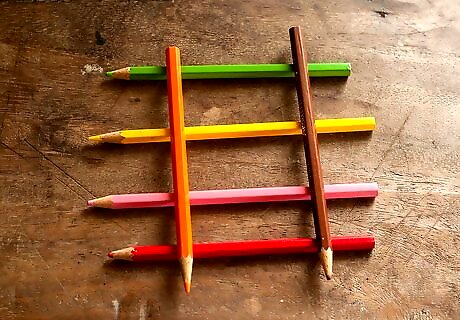
Play basic number games. Once you’ve introduced the basic concepts of counting and number sequence, you can reinforce them with number games. There are an almost infinite number of possibilities. To begin with, try: building a tower of cubes. Select a certain number or a number you are currently discussing, and create of tower made of that many cubes. create stairs. Using cubes, make towers and sort them by size. First a single cube, then, next door, two cubes together, then, next to that, three cubes. This will help reinforce sequencing and the connection to physical size and amounts. playing board games. Many board games require children to recognize the number of dots shown on the dice and then count the appropriate spaces to move forward.
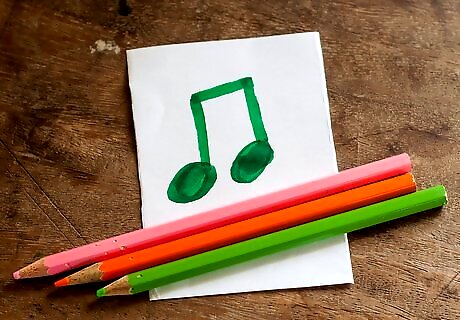
Sing counting songs. Basic counting songs and rhymes help children remember numbers and their sequence.
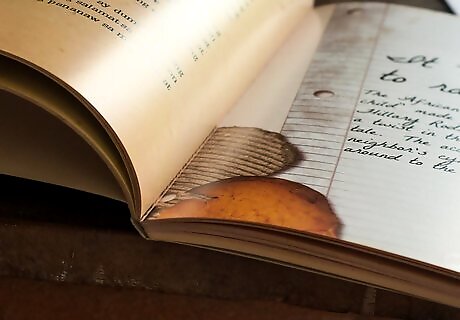
Use picture books. There are a huge number of counting and number books available for preschoolers and kindergartners. Choose some with bright colors and beautiful pictures.
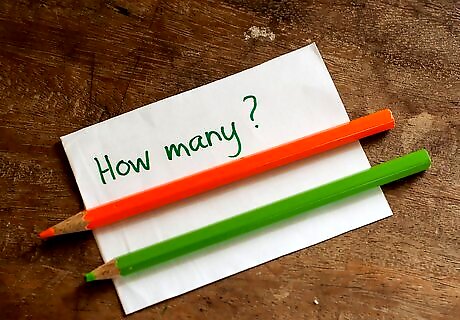
Ask “how many?” as often as possible. Whenever counting comes up naturally, ask children to do it for you. How many plates do you need to set the table? How many books did you take from the shelf? How many pieces of candy do you have?
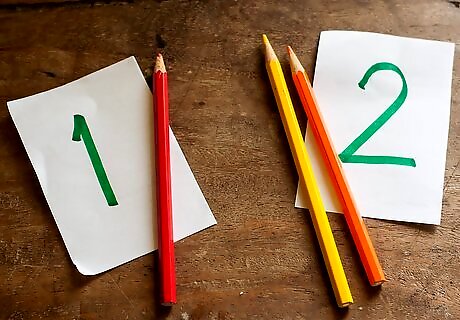
Emphasize the relationship between numbers and quantities. Play games the require children to understand the relationship between numbers and their corresponding quantities. For example, have children count out a certain number of beans; then ask them to add some or take some away. Have them figure out the new number and tell you if it is more or less.
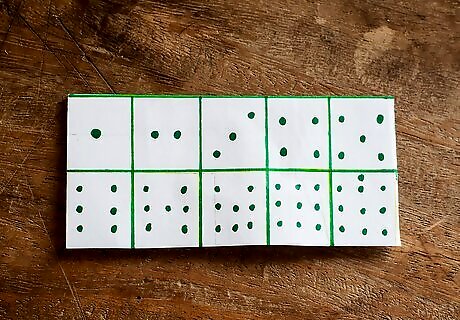
Introduce ten frames. Make a rectangle made up of 10 smaller squares (two rows of five). Draw dots or color in sections of the rectangle to correspond with particular numbers.
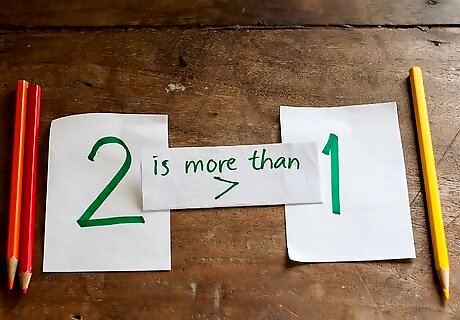
Practice comparing numbers. Explain that the numbers get bigger moving from 1 to 10. Using beans, cubes, or some other material, make two groups on a table or desk, one to the left and one to the right. Let children tell you which side has more; then have them count to get the exact number. Note that the number is higher than the number for the other side. You can also use this technique to teach the concept of equality. Sometimes, make the two groups equal – five beans in each group, ten cubes in each group, or whatever. Let children discover this, and explain what it means.














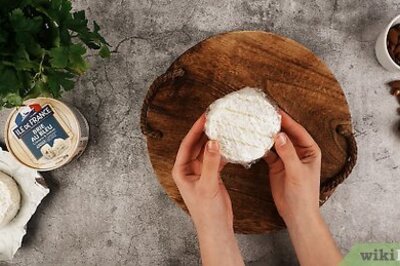

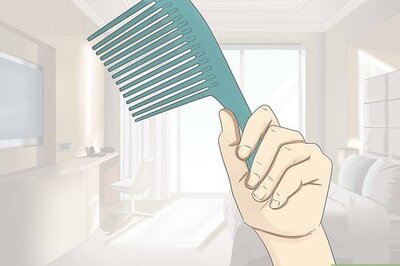

Comments
0 comment